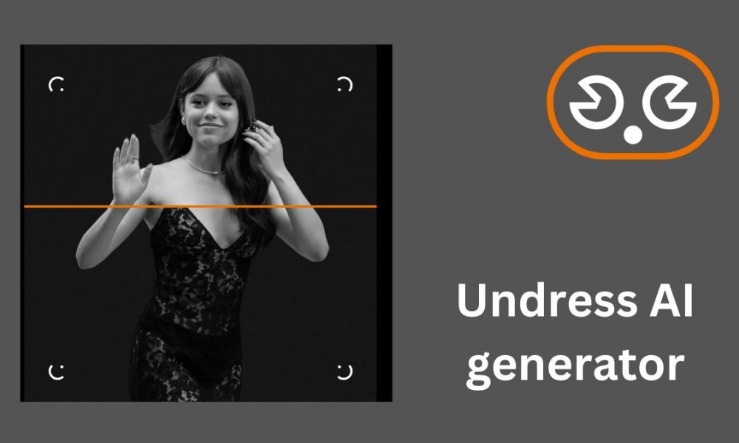In recent years, AI-generated 3D models have emerged as a groundbreaking innovation, transforming multiple sectors. This technology leverages artificial intelligence to create highly detailed and accurate 3D representations, revolutionizing design, entertainment, healthcare, and more.
How AI-Generated 3D Models Work
The process of generating 3D models using AI involves sophisticated algorithms and vast datasets. Here’s a brief overview:
- Data Collection: Large datasets of images or other relevant data are compiled.
- Training AI Models: The AI is trained using machine learning techniques, learning to recognize and replicate intricate details.
- Generation: The AI utilizes the learned data to create accurate 3D models automatically.
Applications in Various Industries
The use of AI-generated 3D models is diverse and spans several industries:
1. Entertainment and Gaming
In the entertainment and gaming industry, the demand for high-quality graphics is ever-increasing. AI-generated 3D models help in creating lifelike characters, environments, and objects, enabling developers to produce visually stunning games and movies.
2. Healthcare
In healthcare, AI-generated 3D models are instrumental in creating accurate representations of human anatomy. These models aid in simulations, surgical planning, and medical research, significantly improving outcomes and reducing risks.
3. Architecture and Construction
Architects and construction professionals use this technology to visualize projects in a three-dimensional space. AI-generated 3D models provide a comprehensive view of buildings and landscapes, facilitating better planning and error reduction.
4. E-Commerce
E-commerce platforms are utilizing these models to offer virtual try-ons and product visualizations, enhancing the customer shopping experience and reducing return rates.
Benefits of AI-Generated 3D Models
Some of the key benefits include:
- Cost-Effectiveness: Reduces the need for manual modeling, saving time and money.
- High Accuracy: Produces incredibly accurate and detailed models.
- Speed: Models are generated much faster than traditional methods.
- Versatility: Applicable across various industries and use cases.
Challenges and Future Outlook
Despite its potential, the technology faces challenges such as data privacy concerns, high computational requirements, and the need for specialized skills. However, ongoing advancements in AI are expected to address these issues, further enhancing the capabilities and applications of AI-generated 3D models.
Frequently Asked Questions (FAQs)
What are AI-generated 3D models?
They are three-dimensional models created using artificial intelligence, which employs vast datasets and sophisticated algorithms to generate highly detailed and accurate representations.
Which industries benefit the most from these models?
Key industries include entertainment and gaming, healthcare, architecture and construction, and e-commerce.
What are the primary benefits?
The main benefits are cost-effectiveness, high accuracy, speed, and versatility across different applications.
Are there any challenges?
Yes, challenges include data privacy concerns, high computational requirements, and the need for specialized skills. However, ongoing advancements are likely to mitigate these issues.
Read more about ai generated 3d models here.
In conclusion, AI-generated 3D models are revolutionizing various sectors, offering numerous benefits and promising a transformative impact on future developments.





